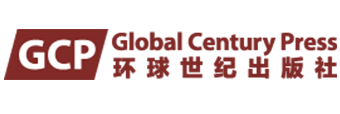本章讨论了话语与话语分析的定义,并对批判性与非批评性的话语研究方法进行了文献综述。对媒体语言的研究以及低碳经济研究的前期成果进行回顾,近年来从话语视角的方法越来越受到学界的重视,相关的研究成果丰硕。以话语为纽带可以整合人文社科的各学科,这种趋势越来越明显。以上的研究在大规模文本的处理上大多用人工阅读的方法,很少使用语料库技术。
20 世纪80年代计算机技术的迅速发展成就了语料库语言学,开辟了语言研究的新天地,正如Leech(1992)指出, 语料库技术就像“芝麻开门”一样开启人们对语言研究的新思路。在过去的半个世纪,特别是近20 多年来语料库语言学取得了丰硕的成果, 语料库及语料库分析软件被大量运用于语言研究的方方面面,被当作语言研究默认的工具(Teubert,2005)。近年来西方尤其是英国许多学者开始将语料库方法和批判话语研究有机结合起来运用到媒体话语研究中,相关方法见第三章。
This chapter discusses the definitions of discourse and discourse analysis, and provides a literature review of critical and non-critical discourse research methods. It reviews the preliminary results of media language studies and low-carbon economy research. In recent years, the discourse perspective has gained increasing attention in academia, and there have been fruitful research outcomes. Using discourse as a link can integrate various disciplines in the humanities and social sciences, and this trend is becoming more evident. The aforementioned research mostly relies on human reading methods for processing large-scale texts, with little use of corpus techniques.
The rapid development of computer technology in the 1980s has paved the way for corpus linguistics and opened up new avenues for language research. As Leech (1992) pointed out, corpus technology acts as a ‘sesame’ to unlock new ideas in language research. Over the past half-century, especially in the last 20 years, corpus linguistics has achieved fruitful results. Corpus and corpus analysis software have been widely used in various aspects of language research and have become the default tools for language research (Teubert, 2005). In recent years, many scholars in the West, particularly in the UK, have started to integrate corpus methods with critical discourse research and apply them to media discourse studies, as discussed in Chapter 3.



